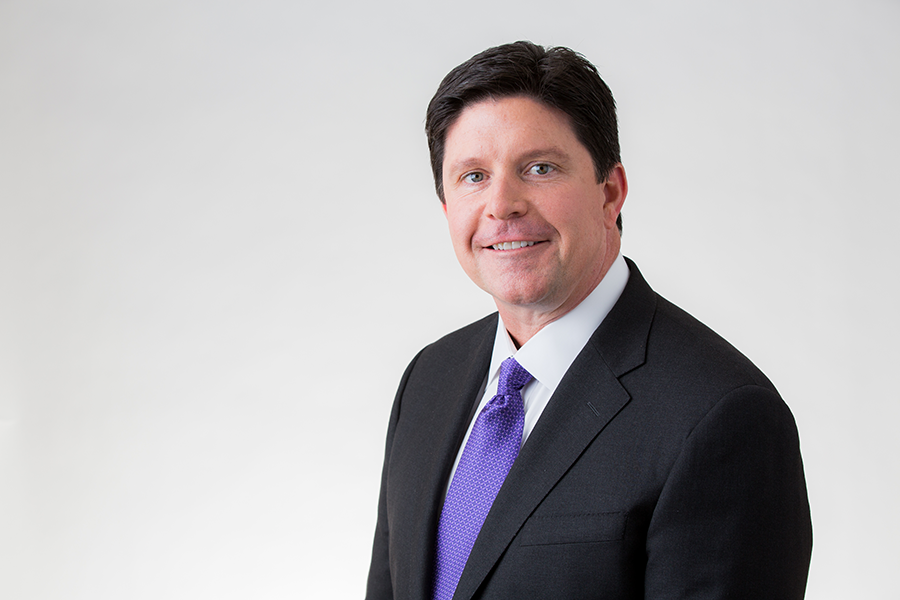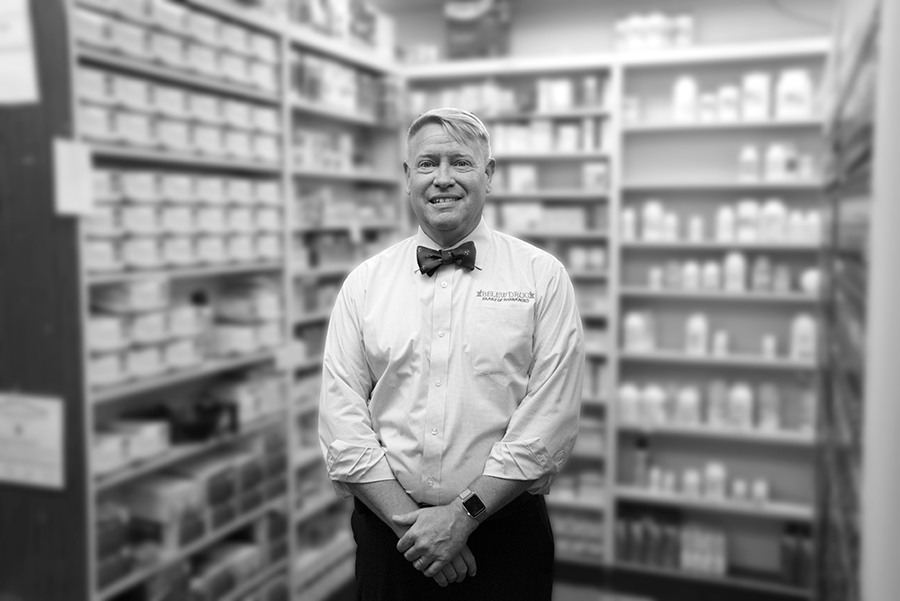Independent Pharmacy and Supply Chain Join Forces to Fight Opioid Misuse
How pharmacies are stepping up confront an epidemic.
Bob Mauch

David Belew

The abuse of prescription opioids is a multifaceted and complex issue. But the pharmacy is a critical stakeholder in helping to address this epidemic. That’s why pharmacy owner David Belew, RPh, hired a patient community care coordinator, Jessica Beasley, who talks with every pain patient who fills an opioid script.
“As an owner of four pharmacies in and around Knoxville, TN, I have a part in this,” Belew explains. “As a provider for chronic pain patients, I have a responsibility to act. Everyone in the pharmaceutical supply chain has a responsibility to act. And it has to be more than a bunch of people sitting around a boardroom table talking the issue to death.”
Pharmacists are not the ultimate decision makers in opioid prescribing, but they are the most accessible and most trusted healthcare professionals. That makes pharmacists key players in opioid use.
“Intervening in pain is just as important as intervening in heart failure or asthma or anything else,” says Bob Mauch, executive vice president and group president, Pharmaceutical Distribution & Strategic Global Sourcing at AmerisourceBergen. “Pharmacists have a responsibility to intervene.”
So does AmerisourceBergen. The company provides drug deactivation products and pouches to municipalities and nonprofits through a grant program by the AmerisourceBergen Foundation. The resources enable patients to dispose of unused or expired prescription medications in a safe and effective manner. “We are a stakeholder in pharmaceutical distribution. Today’s opioid epidemic demands action, attention and a collaborative approach,” Mauch says. “We have to be part of the solution. It is our responsibility to help.”
The rest of the healthcare universe has a responsibility, too.
“We did a survey and approximately 60% of opioid patients had never had a conversation with their pharmacist or anyone else about safe use, storage, or disposal of prescription opioids,” says John Parker, senior vice president of communications for the Healthcare Distributors Alliance (HDA). “Nearly seventy percent had never had a conversation with a healthcare provider about alternatives to opioids. And 90% kept unused opioids for future use.”
HDA’s response was to launch Allied Against Opioid Abuse (AAOA) earlier this year. The national awareness and education campaign brings together HDA, NCPA, National Alliance of State Pharmacy Associations, National Council on Patient information and Education, Alliance for Aging Research, American Physical Therapy Association, Caregiver Action Network, Healthcare Leadership Council, Mental Health America, and Physician Assistants Foundation.
The group has a number of consumer-focused education materials and is working with its pharmacy partners to roll out a tool kit to independent pharmacies in Connecticut, Florida, Minnesota, Ohio, Pennsylvania, and Tennessee in August. Other states will follow later in the year, Parker says. The pharmacy toolkit will also be available online at www.AgainstOpioidAbuse.org/PharmacyToolkit.
The goal is to help pharmacists engage and educate patients about the safe use, storage, and disposal of prescription opioids. The focus is on a patient’s rights, risks, and responsibilities associated with these pain medicines.
“Every patient has the right to receive full information to make an informed decision about prescription medications," Parker says. One suggestion is requesting partial fills to limit the supply at home and reduce the risk of misuse.
Patients should fully understand the risks of opioids, including physical dependence and addiction, and talk to a pharmacist about those risks.
And every patient has the responsibility to help prevent misuse and abuse by safely storing opioids at home and safely disposing unused medications.
Belew, a Good Neighbor Pharmacy member, isn’t waiting for the toolkit. He hired Beasley, a professional educator that’s in recovery herself, to counsel patients about the potential risks and benefits of opioids. She meets with every opioid patient at least quarterly and as often as the patient wants.
Belew’s pharmacy staff reviews each patient’s profile and medication history at least monthly as part of the medication synchronization program. As Beasley or pharmacists see changes in individual medication attitudes or use, the pharmacy encourages prescribers to take another look at the patient’s pain needs and drug regimen.
“We are seeing positive changes, an earlier shift in docs trying to push the envelope in terms of bringing people down in their opioid use,” Belew says. “And we are seeing patients taking a more active role in their own pain management and health care. We are helping prescribers and patients take a more active interest in the ins and outs of pain therapy.”
The care coordinator is an effective tool to build pain care and opioid abuse business, but the position generates no revenue.
“The cost is coming out of my pocket and I’m okay with that,” Belew says. “This is our way to do something tangible to change the opioid epidemic. We are the providers who literally touch the community to make a difference in people’s lives. We’ve just got to step out and try.”